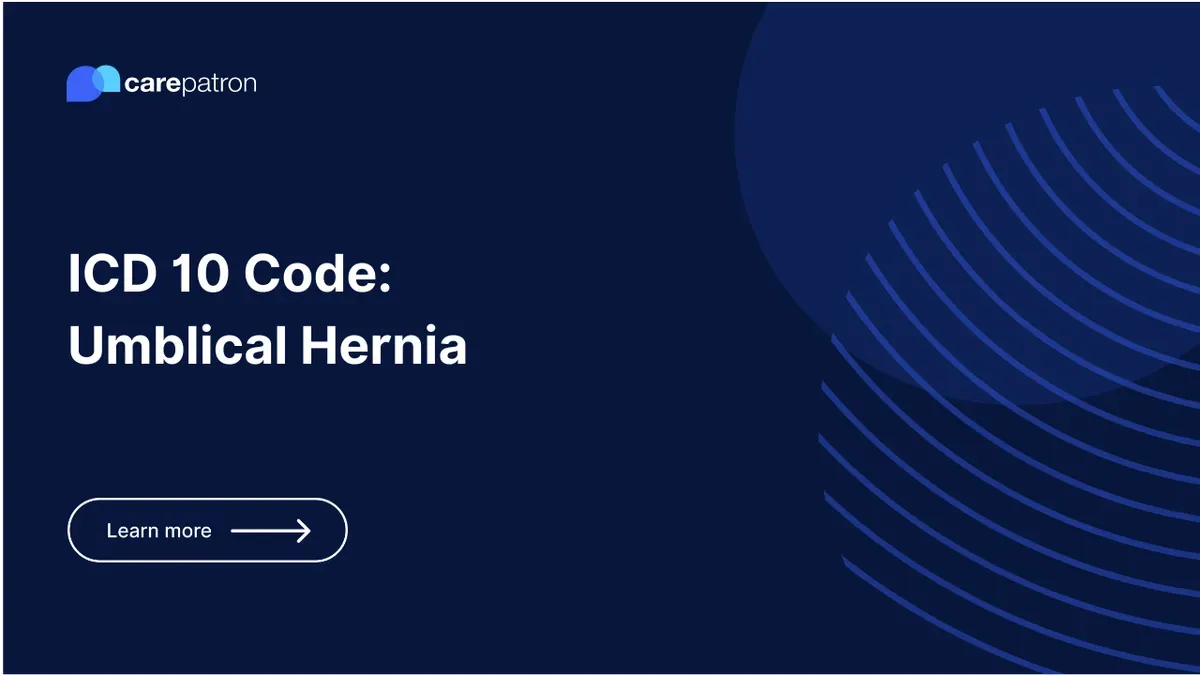
Umblical Hernia ICD-10-CM Codes
Discover the precise ICD-10-CM codes for umbilical hernia, aiding accurate diagnosis and streamlined medical recordkeeping.
Use Code
Commonly asked questions
ICD codes specific to umbilical hernia help healthcare providers accurately document and classify the condition. They are crucial for medical recordkeeping, insurance claims, statistical analysis, research, and ensuring proper reimbursement for healthcare services.
When documenting an umbilical hernia, healthcare providers should assign the appropriate ICD code that best describes the characteristics and complications of the hernia based on the clinical documentation.
Yes, in some cases, multiple codes may be used to capture the complete clinical picture of an umbilical hernia, especially when there are associated complications like obstruction or gangrene.
EHR and practice management software
Get started for free
*No credit card required
Free
$0/usd
Unlimited clients
Telehealth
1GB of storage
Client portal text
Automated billing and online payments
